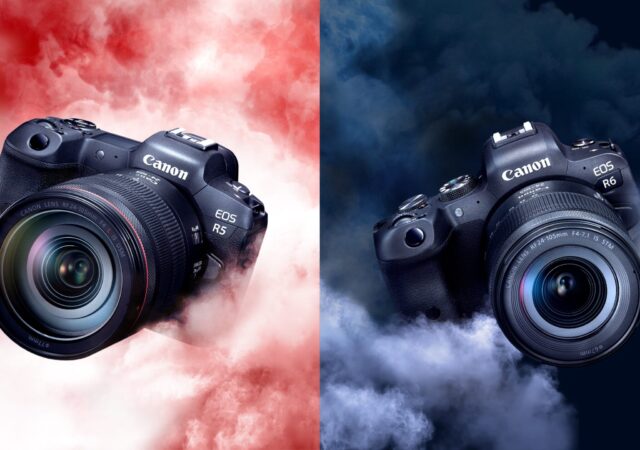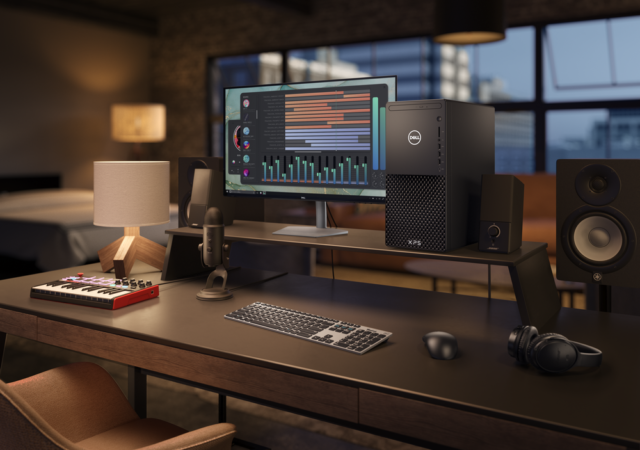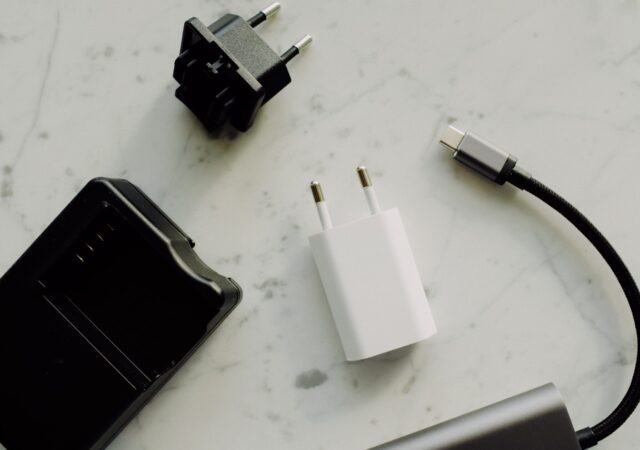OnePlus is set to launch a new mid-range smartphone: the OnePlus Nord. The new power packed smartphone is set to debut on July 21, 2020. Here’s what you need to know.
LG’s New GX Soundbar to Complement Your new OLED TV!
LG’s new GX soundbar comes with Dolby Atmos, DTS:X, Dolby True HD, and DTS Master to be your ultimate entertainment box to complement your OLED TV.
Canon Launches the EOS R5 and EOS R6 – 8K Video Through the Photographer
Canon finally announced the hghly anticipated EOS R high-end mirrorless interchangeable lens camera with 8K video recording.
Dell Gears Up for Creators with new XPS Desktop & S series Monitors
Dell amps up the power and visual prowess with a one two punch with the new XPS Desktop and S-series monitors.
Samsung to Follow Apple’s Lead and Omit the In Box Charger?
Samsung is rumoured to be following in Apple’s footsteps and omitting the charger in the box of future devices.
Another E-Commerce Challenger Has Entered the Ring – Vettons Launches
Vettons is Malaysia’s latest e-commerce platform with a clever twist and 24-hours delivery.
Tech & Tonic Episode 18 – HUAWEI Not Catching a Break
This week’s Tech n Tonic is a big one with HUAWEI taking the headlines with an FCC declaration. All this while ASUS launched a few things
Support Local Eateries with EatLokal
EatLokal launches in early access bringing local, neighbourhood restaurants closer to their patrons. The new food delivery service will make it more affordable for restaurants to get their food into their patrons tummies.
WhatsApp Dark Mode now Available on Web and Desktop app – Still not a Good Reason to Ghost People
WhatsApp introduces their highly successful Dark Mode from their iOS and Android app to their web and desktop app.
Free 1GB For Now, Free 1GB for Later, Free 1GB For the Entire Day!
Telecommunication operators in Malaysia extend the use of 1GB free data to the end of the year and to 24 hours.

















